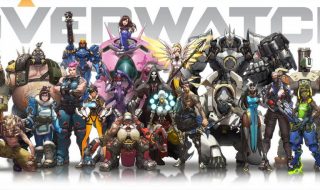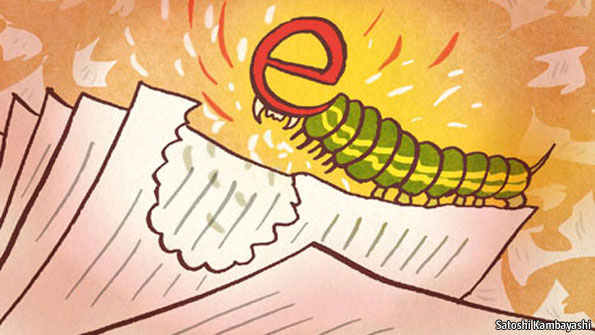
If you wanted to buy a newspaper or a book even 10 years ago, you would have gone to the newsstand or the bookstore, most likely. But the times are changing and so is the way people, and authors, do business. Now everyone can be an author and just about anyone can buy an electronic book right from the comfort of their own home, or in the doctor’s office, or on a plane, or just about anywhere they choose. While this is a great thing for consumers, it’s sending many companies into a race to find the next technological breakthrough. The majority of those suffering come from print industries, like newspapers, magazines, and books.
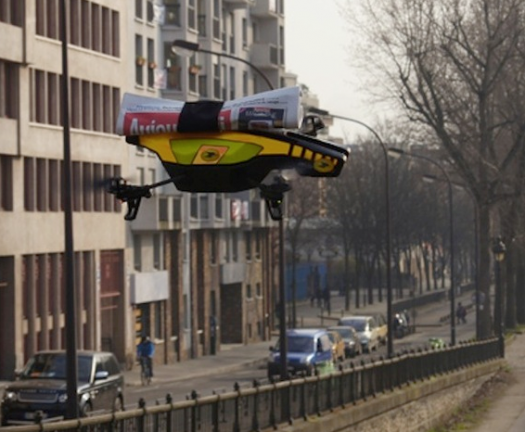
In A Future Where Newspapers Still Exist, Let’s Deliver Them By Drone
Newspapers and Technology
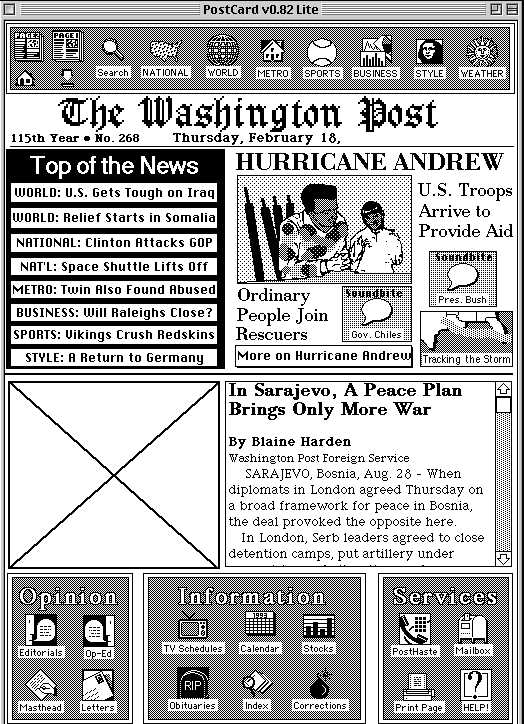
A Vision for the Future of Newspapers—20 Years Ago
Newspapers have been taking a hit to readerships and subscribers since the 1980s. That has increased over the last 15 years, though, with computers and information becoming available to everyone. Now, people can access news from around the world right on their phones. This has led the newspaper and magazine industry wondering what they can do to keep up with the electronic age. Now these industries are using social media to engage with readers, as well as post videos and podcasts to entertain readers. in smaller areas that are less technology savvy, newspapers are still alive and well, but they are trying to prepare for the day when their readers will catch up with the times and demand more. This has involved adding Twitter, Facebook, Instagram, and even Pinterest to news sites to keep readers coming back for more.
Books and eReaders

The Transformation of the Book Industry: Disappearing Ink
Another hard hit industry has been the book industry. Like the newspaper industry, people can publish almost anything they like online without fees and have others read it. This has bumped up competition and also has brought down revenues to real journalists and authors. Now if someone wants to buy book they simply log into their hand-held reading device and order what they want. This is also making it hard for large bookstore companies to stay afloat because people aren’t buying from them much anymore. Some have even been forced to sell eReaders, devices that hold electronic books, in their stores.
The Writer and The Reader
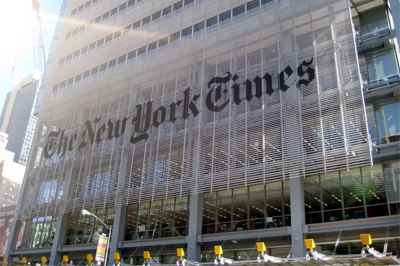
A year into the ‘Times’ digital subscription program, analysts and insiders see surprising success, and more challenges to come
While it may seem bleak and dismal for writers and journalists, it’s not all that bad. Technology has done a great service to writers who were rejected or ignored before. It has also helped bring new life and interest to old books that may have long been forgotten. Through eReaders and eBooks people have been connected with works from writers all over the world, and news from around the globe can reach people everywhere to enrich their lives. It has made a stronger network of writers and readers and allowed the two to connect in ways not possible before.
From the rise of the Internet to the invention of reading devices, technology has pushed consumers in a direction of accessing news, information, and entertainment in a variety of ways right at their fingertips. While this has had a crushing effect on industries, it has had an uplifting effect on writers and readers. People are able to get the info they want when they want it in an affordable way like never before.



